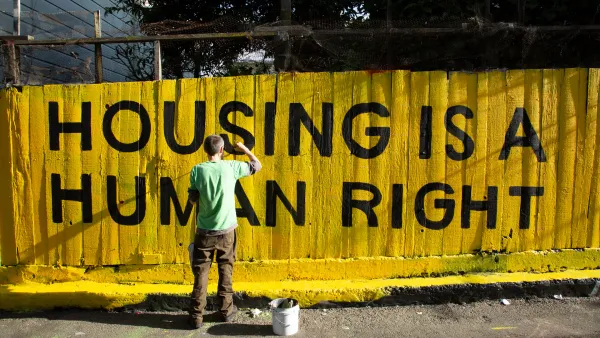Health care advice can often be given through video or teleconferencing, which saves a great deal of time and money, but most patients still aren't eager to do it.

More and more employers, hoping to offer attractive benefits and save money, now have telemedicine plans. These allow patients to consult a doctor over the phone or through a video conference without the expense or trouble of meeting the doctor in person. For common issues like strep throat, a patient might get a diagnosis, prescription, and start treatment much more quickly using telemedicine than going through the traditional face-to-face interaction. So why aren't teledocs more popular?
According to a Chicago Tribune article by Lisa Schencker, it's not because employers aren't interested. They can see the potential, "If it catches on broadly with consumers, telemedicine could change the face of health care, altering the relationship between doctors and patients seeking relief from common maladies." Perhaps, more importantly, they can see the potential savings. A healthier workforce is more productive and if employees use telemedicine, there are potential savings over in-person visits.
Schencker points out some of the reasons patients are being slow to adopt telemedice, "a lack of awareness, though, may not be the only obstacle for companies to overcome. Employees may wonder whether a doctor can accurately diagnose them without seeing them in person."
In the same way that telecommuting didn't live up to the hype, this seems to be another example of experts underestimating the importance of where we live and the persistence of our need for in-person services in medicine and all fields of human endeavor. Thomas Friedman's Flat World seems to be getting increasingly spikey.
FULL STORY: More employers are offering telemedicine, but why aren't workers using it?

National Parks Layoffs Will Cause Communities to Lose Billions
Thousands of essential park workers were laid off this week, just before the busy spring break season.

Retro-silient?: America’s First “Eco-burb,” The Woodlands Turns 50
A master-planned community north of Houston offers lessons on green infrastructure and resilient design, but falls short of its founder’s lofty affordability and walkability goals.

Delivering for America Plan Will Downgrade Mail Service in at Least 49.5 Percent of Zip Codes
Republican and Democrat lawmakers criticize the plan for its disproportionate negative impact on rural communities.

Test News Post 1
This is a summary

Test News Headline 46
Test for the image on the front page.

Balancing Bombs and Butterflies: How the National Guard Protects a Rare Species
The National Guard at Fort Indiantown Gap uses GIS technology and land management strategies to balance military training with conservation efforts, ensuring the survival of the rare eastern regal fritillary butterfly.
Urban Design for Planners 1: Software Tools
This six-course series explores essential urban design concepts using open source software and equips planners with the tools they need to participate fully in the urban design process.
Planning for Universal Design
Learn the tools for implementing Universal Design in planning regulations.
EMC Planning Group, Inc.
Planetizen
Planetizen
Mpact (formerly Rail~Volution)
Great Falls Development Authority, Inc.
HUDs Office of Policy Development and Research
NYU Wagner Graduate School of Public Service





























